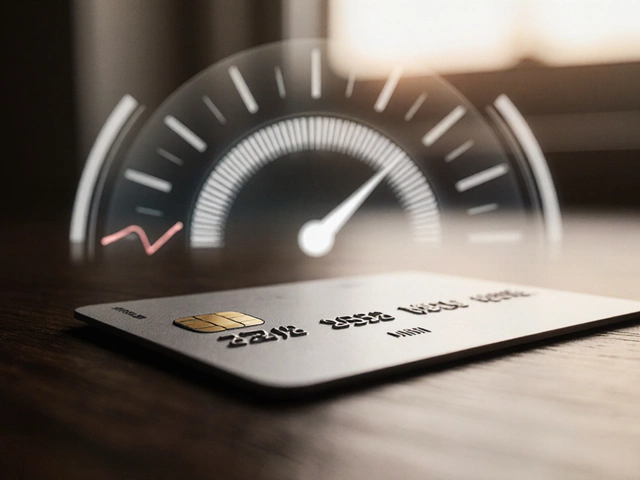Tag: savings accounts
How to Get 12 Percent Return on Investment: Realistic Paths and Bold Moves
Chasing a consistent 12 percent return on investment sounds tempting, but it's not as simple as opening a regular savings account. This guide breaks down where double-digit returns actually come from, the realistic risks at play, and why traditional savings accounts don't cut it. You'll learn which options could get you close, which ones are wishful thinking, and a few smart moves to protect your money along the way. Forget vague promises—here are the straight facts and actionable tips for anyone aiming higher.
Drawbacks of Chase Bank: What You Need to Know
Chase Bank is one of the largest banks in the United States with widespread ATMs and branches, making it a go-to choice for many. However, there are some downsides to consider before opening a savings account there. Customers often face high fees and relatively low interest rates compared to other banks. It's crucial to weigh these factors alongside the bank's convenience and services. Understanding these limitations can help you make an informed decision.
Maximizing Benefits with Regular Savings Accounts in 2025
Regular savers accounts can be a smart choice for those looking to build a consistent savings habit. These accounts often come with higher interest rates but require a disciplined approach to maintaining regular deposits. Understanding the benefits and limitations of these accounts can help individuals make informed financial decisions. This article explores the perks, potential drawbacks, and tips for finding the best savings accounts while considering their worth in the long run.










